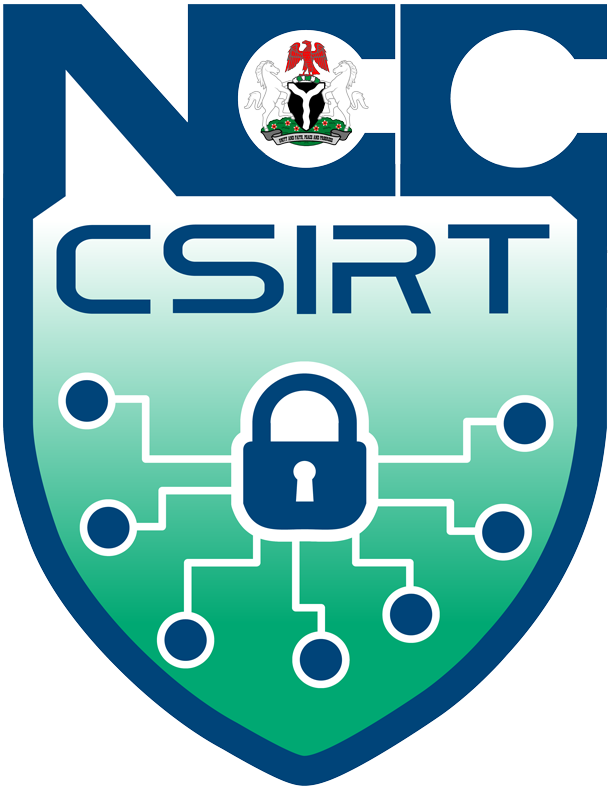Advisory ID: NCC-CSIRT-170924-010
Summary:
PlugX is a sophisticated Remote Access Trojan (RAT) known for targeting critical infrastructure, including telecommunications. It enables attackers to remotely control infected systems, infiltrate sensitive data, disrupt network operations, and maintain long-term access to telecom systems. The malware typically spreads through phishing campaigns and exploited vulnerabilities.
Damage/Probability: CRTICAL/HIGH
Platform(s): Windows, Linux, Network Devices, and Telecom Infrastructure systems
Description:
PlugX malware is typically deployed via phishing emails containing malicious attachments or by exploiting network vulnerabilities. These emails are crafted to deceive users into opening infected files or clicking on links that exploit unpatched vulnerabilities within network systems. In addition to phishing, PlugX can be spread through watering hole attacks, drive-by downloads, or by leveraging network security flaws, making it a versatile and highly adaptable threat.
Once deployed, it allows threat actors to remotely control infected systems, steal data, disrupt services, and create backdoors for future attacks. Its stealth and persistence make it challenging to detect, posing a significant risk to critical telecom infrastructure.
Consequences:
If the threat occur, the following outcomes may occur:
- Data Exfiltration:Loss of sensitive user and corporate data.
- Service Disruption:Downtime or interruptions to telecom services.
- Network Manipulation: Unauthorized control of network devices and systems.
Solution:
To mitigate this threat, you are advise to carry out the following:
- Apply security patches to all network devices and systems regularly.
- Enhance endpoint security and network monitoring for suspicious activities.
- Implement email filtering to block phishing emails.
- Conduct regular cybersecurity awareness training for staff.
- Enforce network segmentation and access controls.
- Perform vulnerability assessments and incident response drills.
References:
